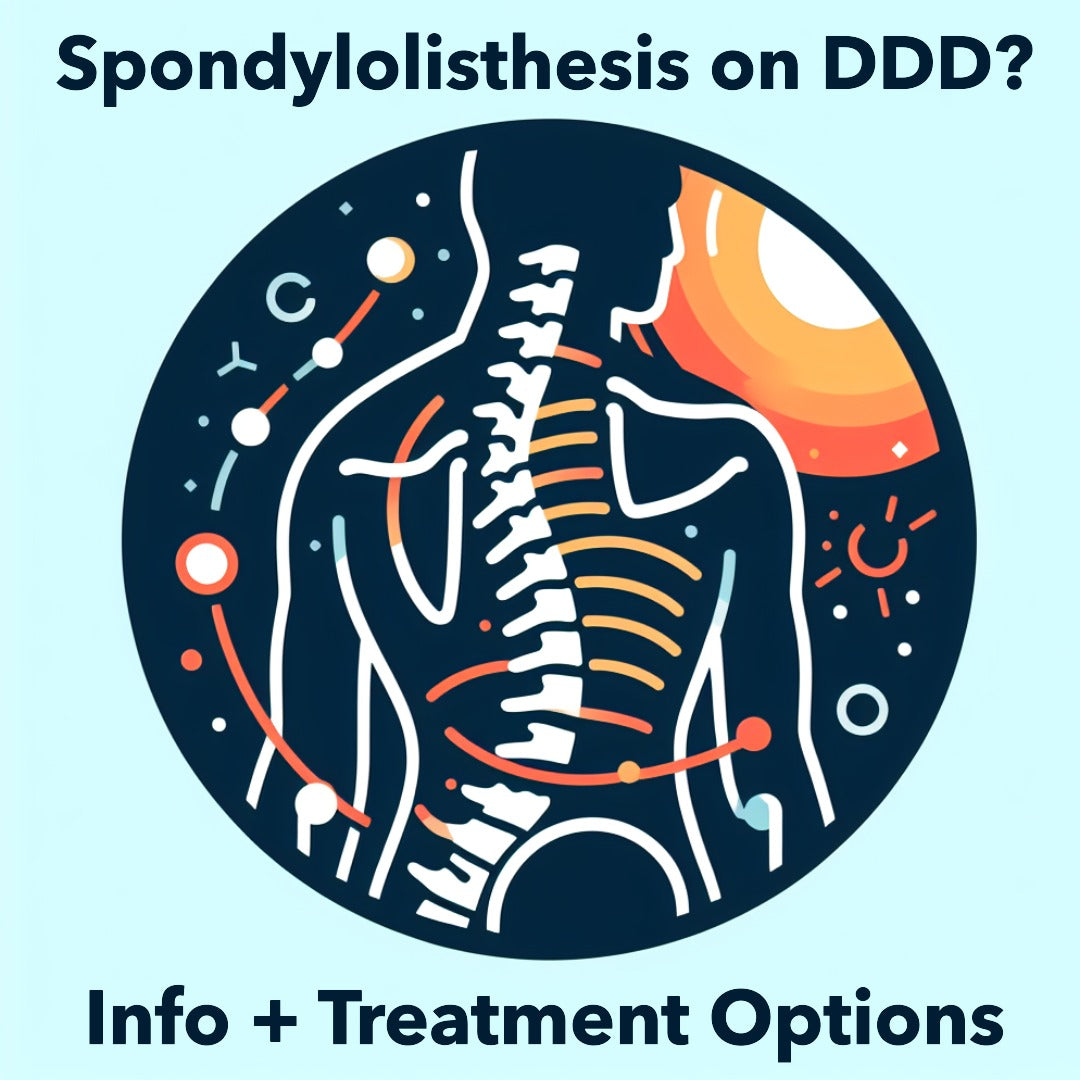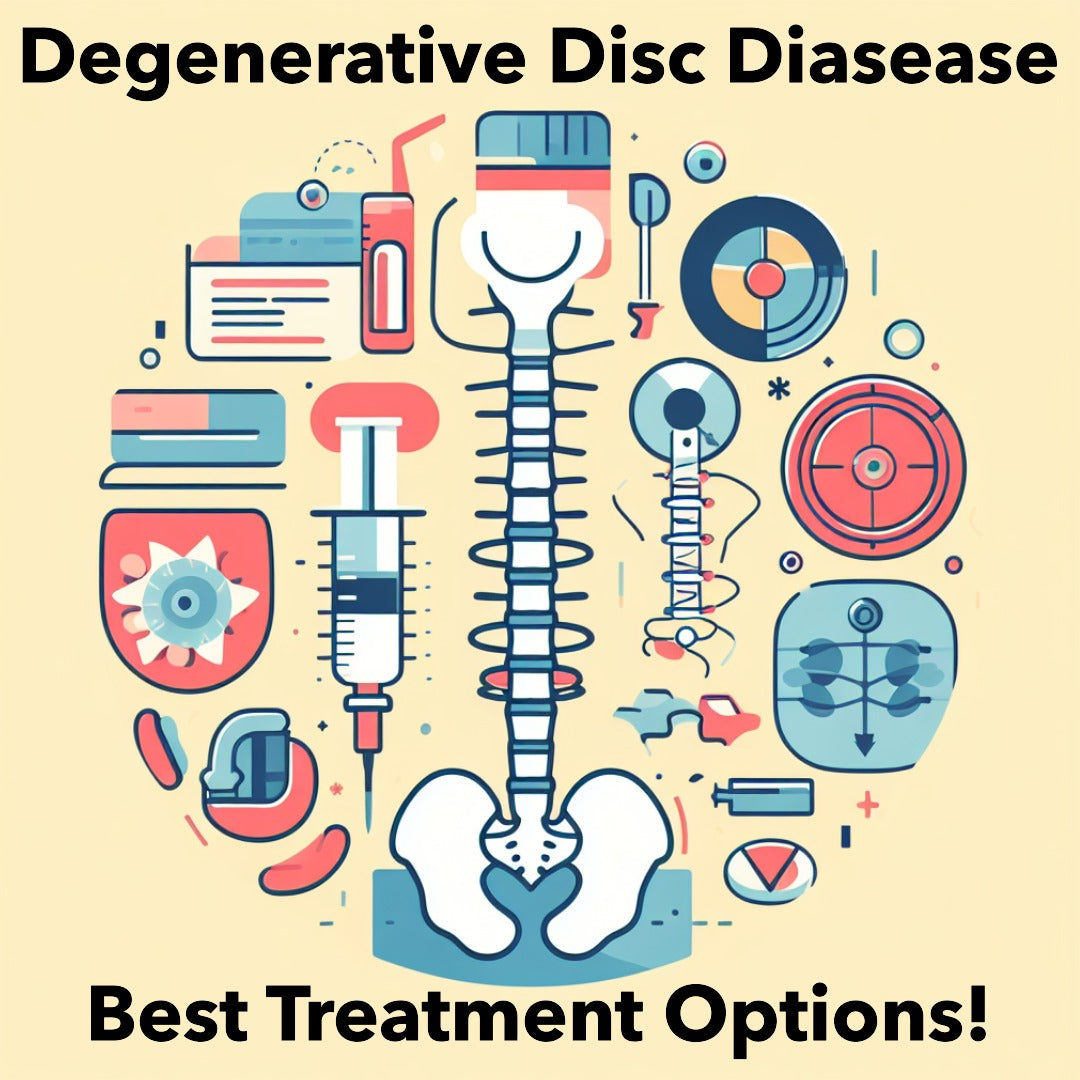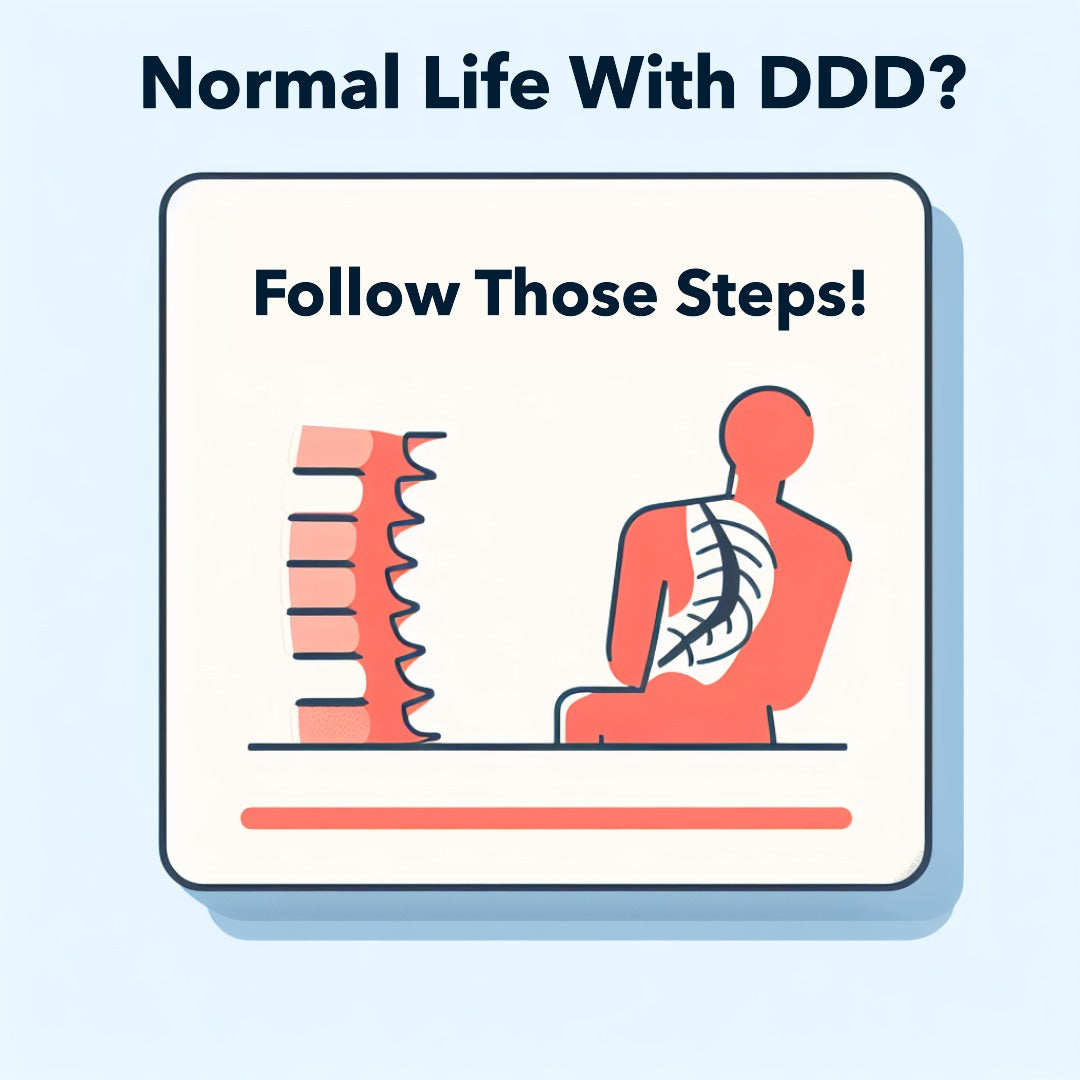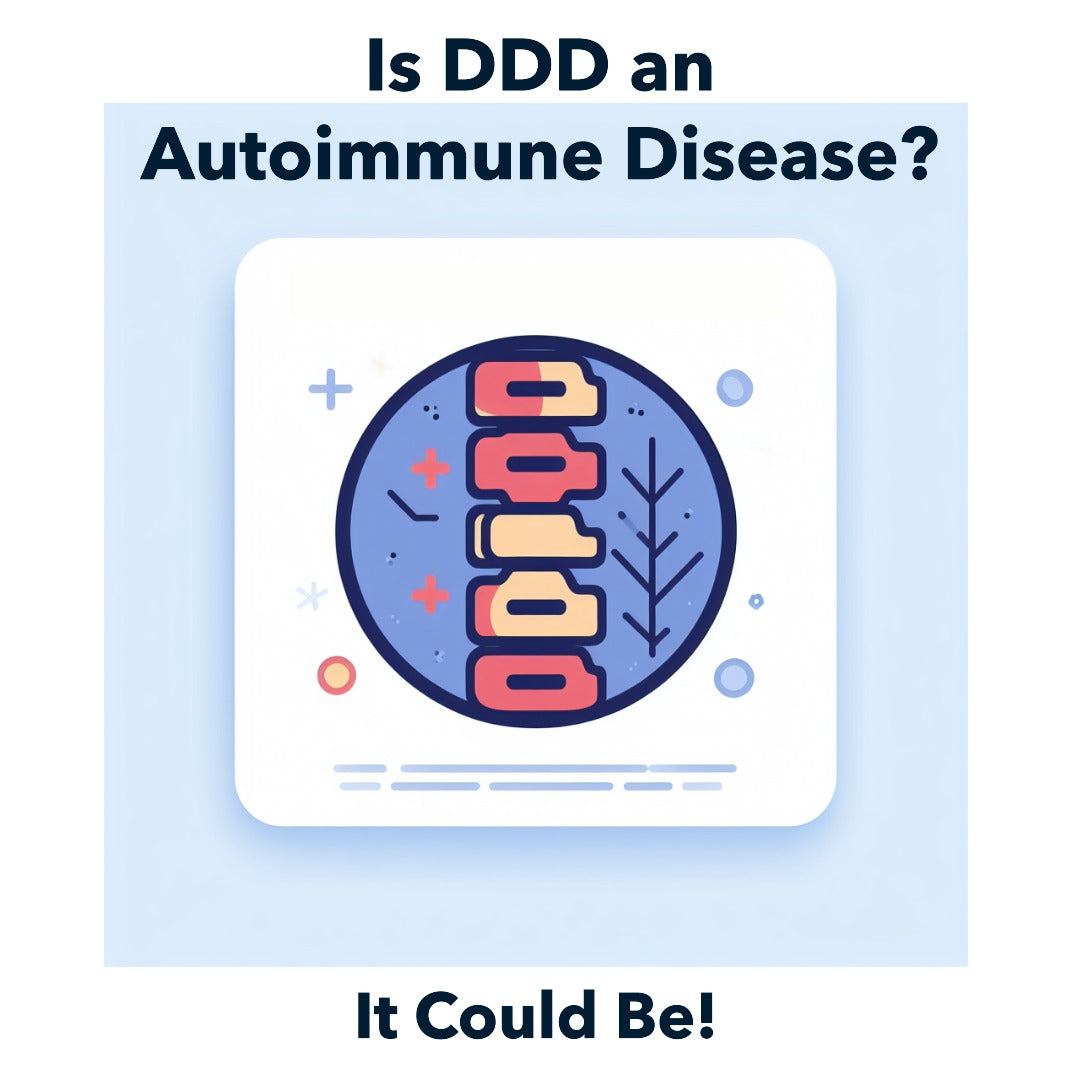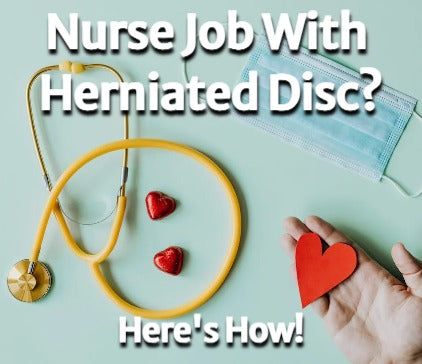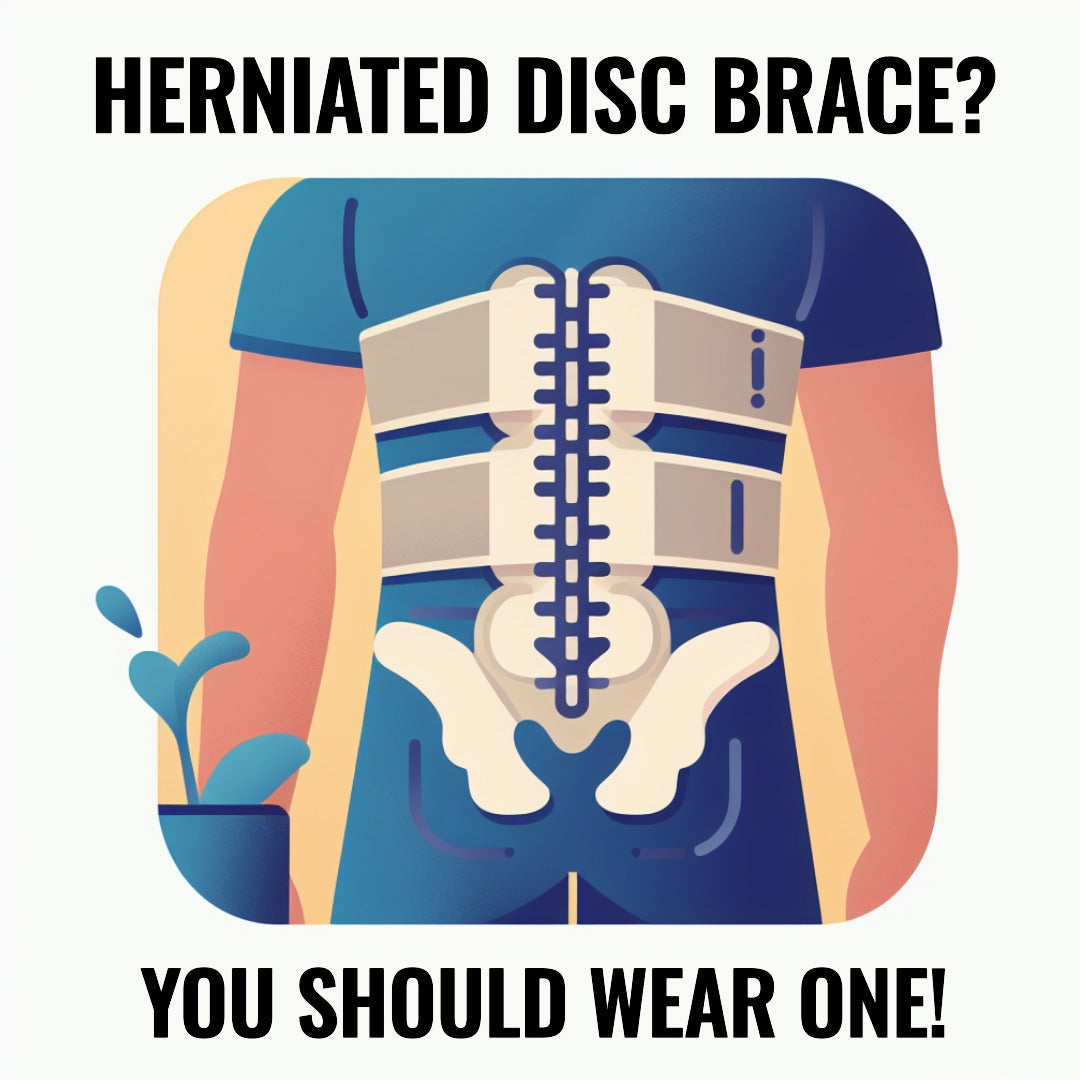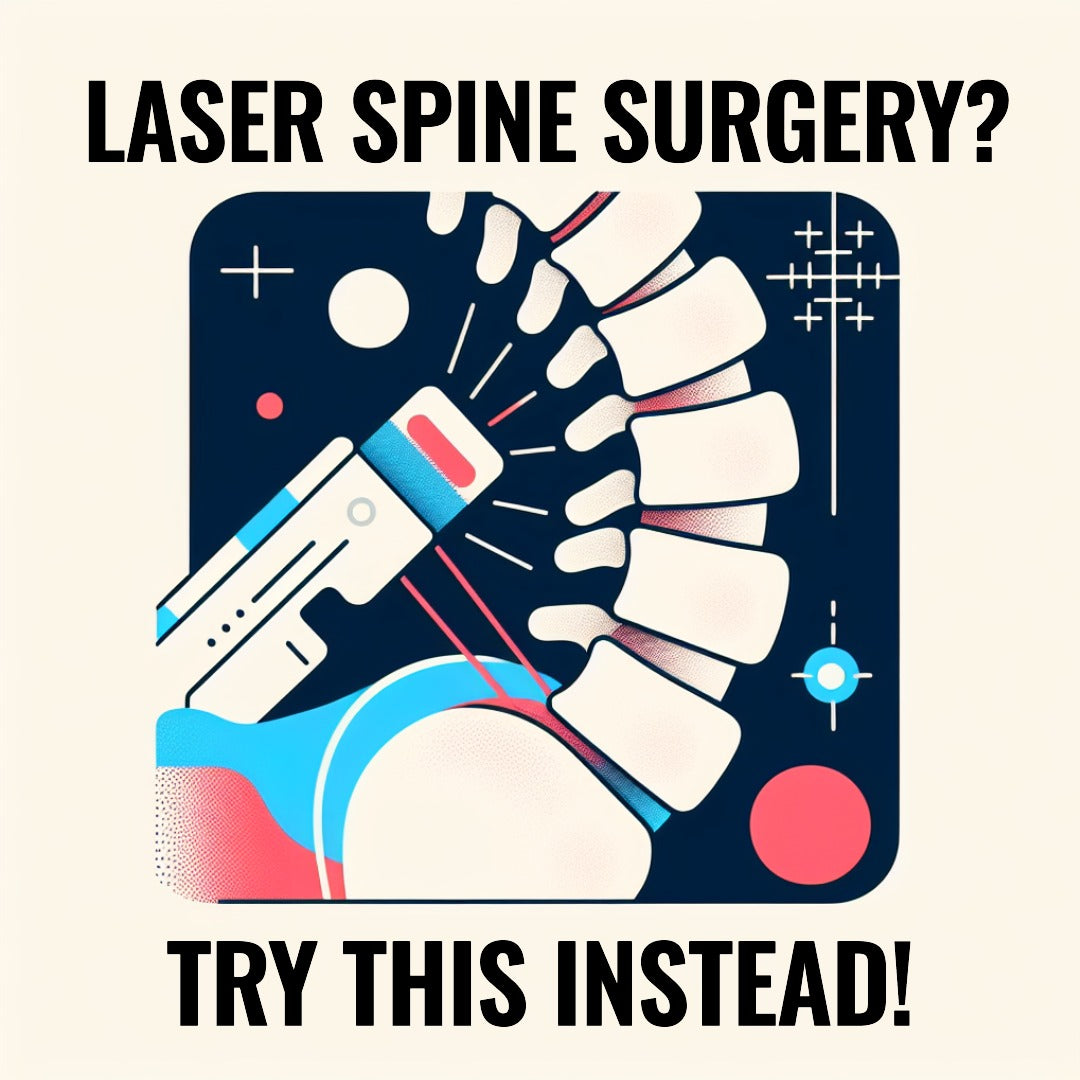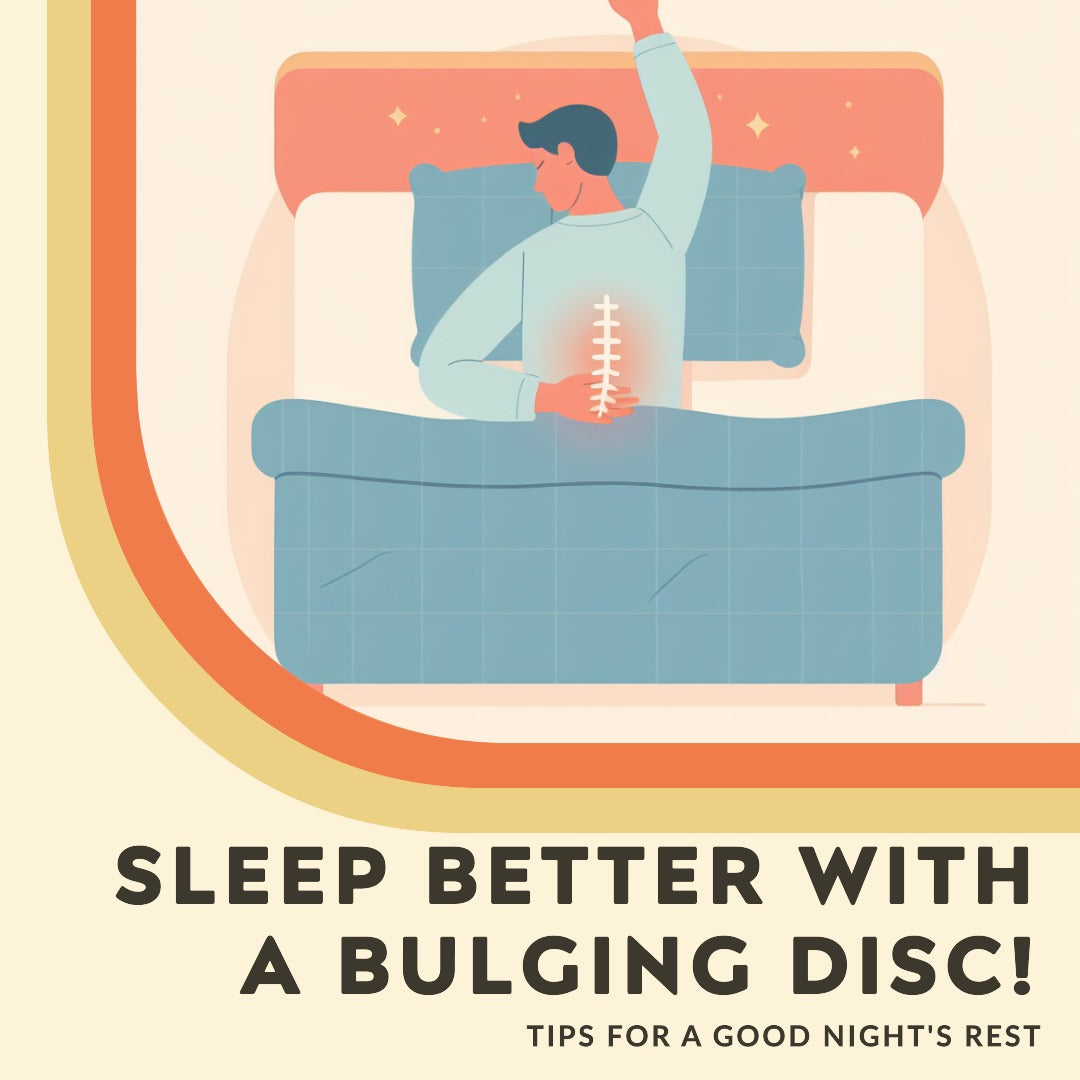
What are the early indicators of Degenerative Disc Disease and How to Make Things Better
What We'll Talk About
- Early Signs of Degenerative Disc Disease
- Why Does It Happen and Who's at Risk?
- How Do Doctors Find Out If You Have It?
- What Can Be Done to Help?
- Changes You Can Make in Your Life
- When It Starts Early in Life
Early Signs of Degenerative Disc Disease
Degenerative disc disease (let's call it DDD for short) is when the discs in your spine start to break down as you get older, which can cause pain in your back or neck. The most common sign of DDD is, you guessed it, pain in your neck or back. But there are other signs too:
- Pain in your legs, thighs, buttocks, lower back, or neck
- Really bad pain when you're sitting down that might feel better when you walk
- Pain that gets worse when you bend or twist
- Pain that comes and goes, lasting from a few days to several months
Why Does It Happen and Who's at Risk?
DDD happens because the discs in your spine start to dry out over time. This means they can't support your spine as well as they used to. DDD can also happen because of an injury or if you use your back a lot in sports or other activities. Other things that can cause DDD include bone spurs (extra bits of bone that grow on your spine) and herniated discs (when a disc in your spine bulges out).
Some people are more likely to get DDD than others. You might be at risk if:
- Someone else in your family has problems with their muscles or bones
- You sit in a bad position for a long time
- You're overweight
- You smoke
How Do Doctors Find Out If You Have It?
Doctors can find out if you have DDD by doing a few different things:
- They'll check your body to see if there are any physical changes that might be caused by DDD.
- They'll ask you about your symptoms and take a history of your health.
- They might do some tests like an X-ray or an MRI (a special kind of scan) to see if you have DDD, how bad it is, and to check if something else might be causing your pain.
What Can Be Done to Help?
There are lots of things that can be done to help with DDD:
- Exercise: This can help to strengthen the muscles around your spine.
- Medication: Things like Ibuprofen and Acetaminophen can help with the pain.
- Physical therapy: This involves doing special exercises with a trained therapist.
- Surgery: In some cases, doctors might suggest surgery.
One thing that can really help without needing surgery is a decompression belt. This is a special belt that you wear around your waist that can help to reduce the pressure on the discs in your spine. It's easy to use at home and doesn't have any risks. You can find more information about it here.
Changes You Can Make in Your Life
Eating healthy food can really help with DDD by keeping your weight normal, keeping the bones in your spine strong, and making sure your body gets all the vitamins and nutrients it needs.
Some good foods to eat include:
- Green leafy vegetables
- Bright-colored fruits
- Low-fat dairy products
- Whole grains
- Lean proteins (like seafood, chicken without skin, beans)
- Salmon, sardines, and other fish with lots of omega-3 fatty acids
Taking care of yourself is also really important when you have DDD. This means resting when you need to but also staying as active as possible. Applying heat or ice to the painful area can also help.
When It Starts Early in Life
Sometimes DDD can start early in life because of things like poor eating habits, being overweight, smoking cigarettes, getting injured, or doing lots of physical activity.
If this happens, there are lots of things that can be done to help:
- Occupational therapy: This involves learning new ways of doing things so you don't hurt yourself.
- Physical therapy: This involves doing special exercises with a trained therapist.
- Special exercises: These are designed to help with DDD.
- Medications: These can help with the pain.
- Losing weight: If you're overweight, losing weight can help with DDD.
- Surgery: In some cases, doctors might suggest surgery.
Doctors can also do a special kind of injection called a facet joint injection. This involves injecting the joints next to the damaged disc with steroids and a local anesthetic (a medicine that numbs the area). This can provide effective pain relief.


 Dr. Allan McManus,
Dr. Allan McManus,